Introduction
The dawn of the renewable energy era has witnessed solar power taking center stage, playing a pivotal role in the global transition towards a more sustainable future. At the heart of this solar revolution lies the solar inverter technology, a cornerstone that bridges the gap between the raw power of the sun and the usable electricity that fuels our daily lives.
This article delves into the latest innovations in solar inverter technology, exploring how these advancements are not only enhancing the efficiency and functionality of solar energy systems but are also shaping the future landscape of renewable energy.
Through a comprehensive overview of solar inverters’ role, capabilities, and the technological leaps forward, we set the stage for a deeper understanding of their impact on the solar energy market and the promising investment prospects they herald.
Part 1: Understanding Solar Inverters
Solar inverters, often regarded as the brains of a solar energy system, play a multifaceted and crucial role.
Primarily, they convert the direct current (DC) generated by solar panels into alternating current (AC), the form of electricity that powers our homes and businesses.
However, the functionality of solar inverters extends far beyond this basic conversion.
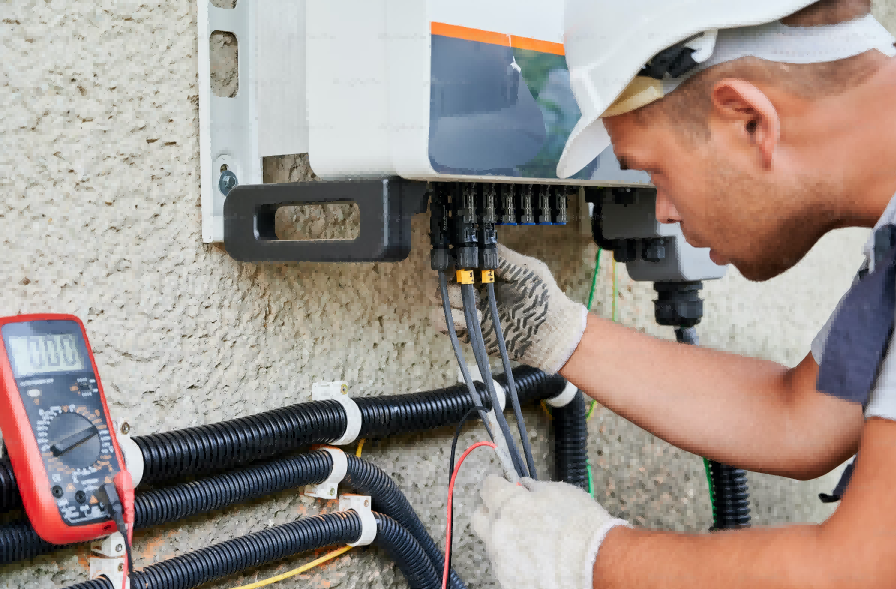
1.1 Maximizing Power Generation
Solar inverters continually track the voltage and current of the solar panels, operating them at their maximum power point (MPP). This ensures that the panels generate the highest possible amount of power, adapting to changing conditions like sunlight intensity and temperature.
1.2 Grid Management and Synchronization
In grid-tied systems, inverters synchronize the AC output with the grid’s voltage and frequency. They ensure that the solar-generated electricity is compatible with the grid’s power, allowing excess energy to be fed back into the grid seamlessly.
1.3 System Monitoring and Reporting
Modern inverters are equipped with monitoring capabilities, providing detailed insights into system performance. This includes energy production data, system health checks, and alerts for maintenance needs. Users can access this data through web interfaces or mobile applications, keeping them informed about their system’s status in real-time.
1.4 Safety Management
Safety is paramount in electrical systems, and solar inverters incorporate several features to ensure safe operation. This includes rapid shutdown capabilities to protect against electrical fires, ground fault protection to prevent electric shocks, and anti-islanding protection to shut down the inverter if the grid power is lost.
1.5 Energy Optimization
Advanced inverters can dynamically adjust their operation to optimize energy production and consumption. They can intelligently manage the flow of energy between solar panels, the grid, battery storage, and the home, ensuring efficient use of solar power and reducing reliance on the grid.
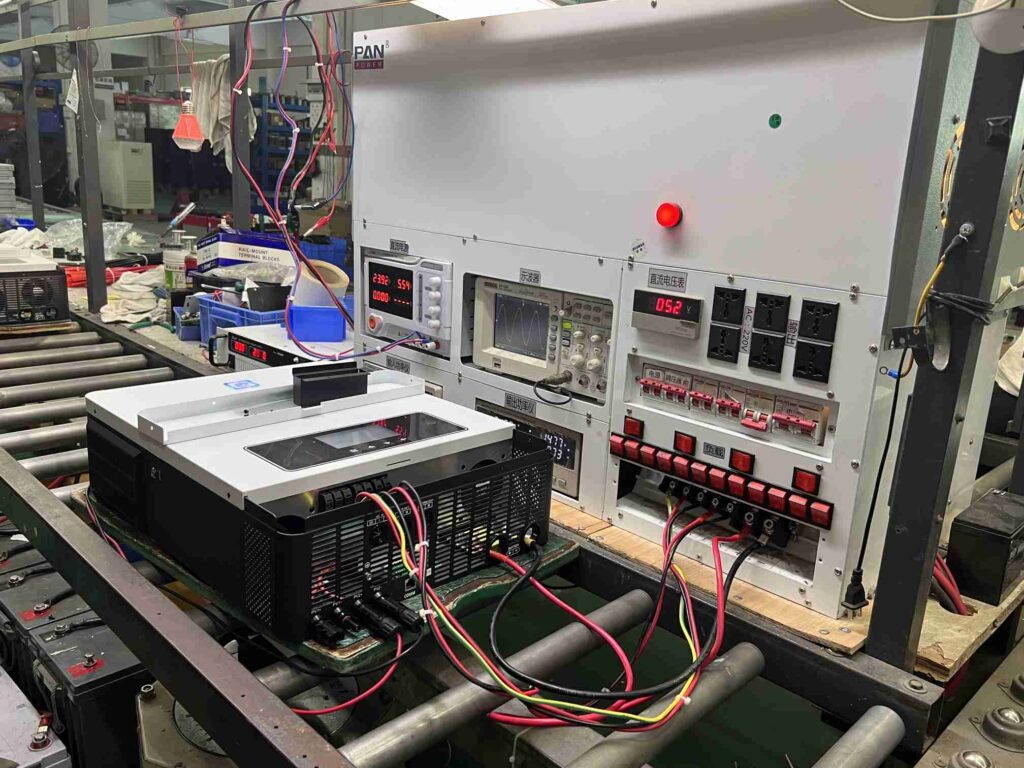
1.6 Types of Solar Inverters
- String Inverters: The most common type, where multiple solar panels are connected in a series (forming a ‘string’) and then connected to a single inverter. They are cost-effective and widely used in both residential and commercial solar installations.
- Microinverters: These are installed on each solar panel, converting DC to AC at the panel level. This design maximizes the output of each panel, ideal for installations where panels are subject to shading or are installed at varying angles.
- Hybrid Inverters: Designed to work with battery storage systems, hybrid inverters not only convert DC to AC but can also charge and draw power from batteries. They are becoming increasingly popular in systems aiming for energy independence or where grid reliability is an issue.
- Central Inverters: Used in large-scale commercial and utility-scale solar installations, central inverters aggregate the DC power from many solar panels and convert it to AC power on a much larger scale than string or microinverters.
Part 2: Innovations Reshaping Solar Inverters
The realm of solar inverters is witnessing unprecedented advancements, as technology propels them towards becoming more efficient, intelligent, and adaptable. These innovations are not just enhancing the way solar inverters function but are also making solar systems more versatile, reliable, and user-friendly.
Let’s delve deeper into these transformative developments.
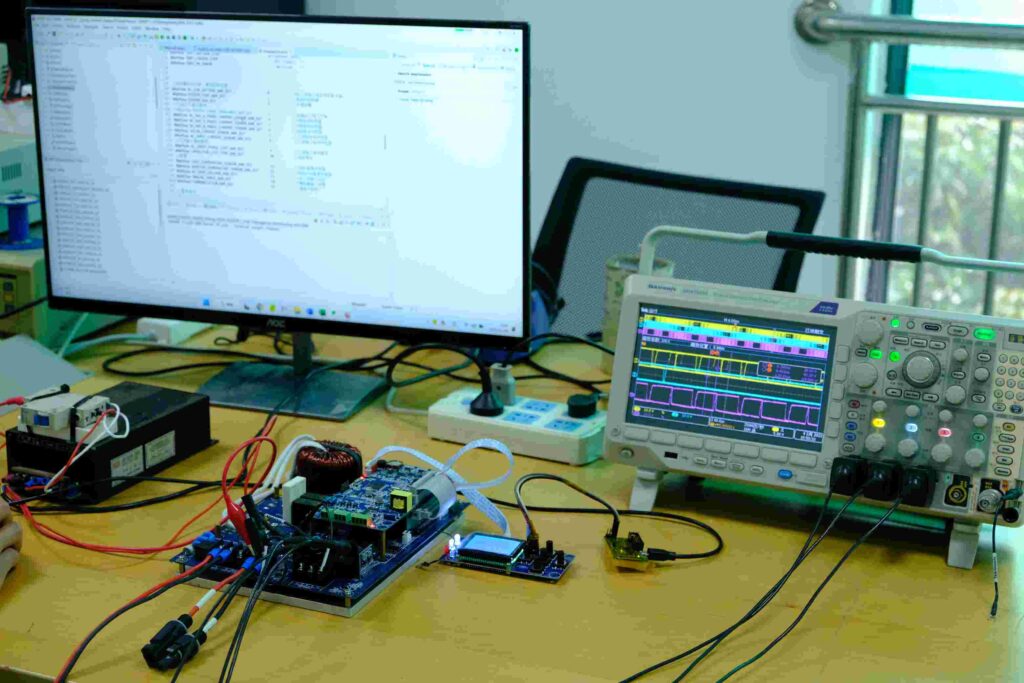
2.1 Higher Efficiency Levels
The quest for higher efficiency in solar inverters has reached groundbreaking milestones, with the latest models boasting efficiency ratings upwards of 99%.
Engineers and researchers are leveraging cutting-edge semiconductor materials like silicon carbide (SiC) and gallium nitride (GaN) to minimize energy losses during the conversion process. These materials can operate at higher temperatures, frequencies, and voltages, significantly boosting efficiency and reducing the physical size of inverters.
This leap in efficiency means that for every photon of sunlight captured by solar panels, a greater proportion of usable energy is delivered to end-users, optimizing the return on investment for solar energy systems.
2.2 Smart Inverters with Enhanced Grid Support
Smart inverters are transforming into mini power managers within the grid. Beyond reactive power control, they’re now capable of performing advanced grid services such as frequency regulation and voltage support.
Through sophisticated algorithms, these inverters can dynamically adjust their operation in response to real-time grid conditions, facilitating a smoother integration of renewable sources.
They’re pivotal in transitioning towards a decentralized grid model, where distributed generation resources can contribute to grid stability and resilience.
2.3 Hybrid Inverters: Pioneering Energy Independence
Hybrid inverters are at the forefront of enabling a more sustainable and self-reliant energy ecosystem. Their ability to manage energy flows between solar panels, batteries, and the grid in a seamless manner is revolutionary.
By intelligently deciding when to store energy, when to use it directly, or when to sell it back to the grid, they empower homeowners and businesses to maximize their use of solar energy and reduce dependence on the grid.
This technology is particularly promising for remote areas, where grid reliability can be a challenge, offering a lifeline through uninterrupted power supply.
2.4 Module-Level Power Electronics (MLPEs)
The adoption of MLPEs signifies a move towards more personalized solar energy solutions.
By addressing the unique conditions of each solar panel, such as orientation, shading, or dirt accumulation, MLPEs ensure that the overall system performance is optimized.
This technology is also enhancing safety; for instance, microinverters can shut down the DC voltage at the panel level in case of an emergency, reducing the risk of electrical fires.
2.5 Remote Monitoring and Predictive Maintenance
The integration of IoT technology into solar inverters has opened up new vistas for system monitoring and maintenance. Real-time data analytics and cloud-based platforms offer insights into system performance that were previously unattainable.
Users can now receive instant notifications on their smartphones about system status, energy production, and even environmental benefits.
Furthermore, the ability to predict and preemptively address maintenance issues not only extends the lifespan of the inverter but also ensures consistent energy production, enhancing system reliability.
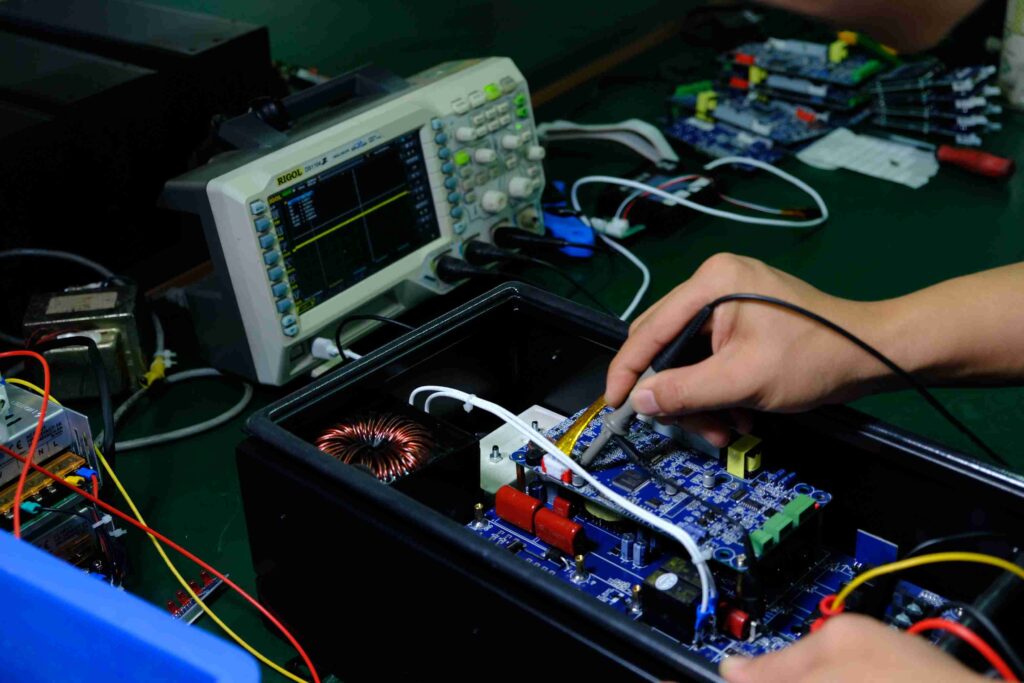
2.6 Advanced Thermal Management
As inverters become more powerful, managing the heat they generate becomes crucial.
Innovations in thermal management, including liquid cooling systems and heat sinks designed with advanced geometries, are keeping temperatures in check.
These solutions not only prevent overheating but also contribute to the compactness of inverters, allowing for more flexible installation options.
2.7 Unprecedented Compatibility and Flexibility
The evolution of solar inverters towards greater compatibility and flexibility is facilitating the integration of solar energy into diverse applications.
From residential setups to industrial-scale installations, the latest inverters can effortlessly connect with a myriad of devices and platforms.
This adaptability extends to emerging technologies such as electric vehicle (EV) chargers, enabling solar inverters to serve as a nexus between solar energy production, home energy management, and EV charging.
Part 3: The Future Landscape of Solar Inverter Technology
The future landscape of solar technology is marked by several key trends and drivers.
The global energy shortage crisis, exacerbated by rising population and industrial demands, underscores the urgent need for renewable energy sources. Solar energy stands out as a beacon of hope with its virtually limitless potential. In this context, solar inverters are not just facilitators but catalysts of change, enabling the efficient harnessing and integration of solar power into the energy grid.
Furthermore, the increasing emphasis on solar energy development across most countries indicates a collective global commitment to renewable energy. Governments worldwide are implementing policies and incentives to accelerate the adoption of solar power, from subsidies and tax incentives to mandates for renewable energy integration. This political and economic support is creating a fertile ground for innovation and investment in solar inverter technology, promising significant advancements in the future.
Therefore, as we move towards a more sustainable future, the role of inverters is set to become even more integral. We can expect continuous improvements in efficiency, intelligent grid capabilities, and integration with home energy systems. The inverter of tomorrow will not just be a piece of equipment but an innovative, proactive component, intelligently managing energy flow, optimizing performance, and contributing to a stable, sustainable, and efficient power grid.
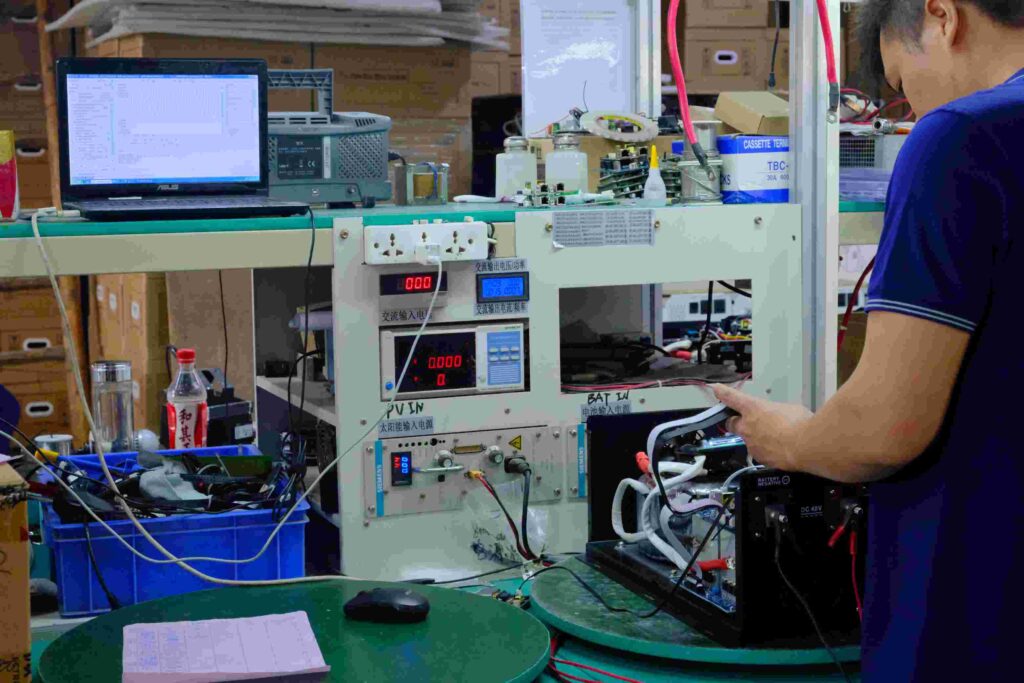
Part 4: The Solar Energy Market and Investment Prospects
The solar energy market is on an unprecedented growth trajectory, driven by technological advancements, decreasing costs, and increasing environmental awareness. Solar inverters are at the heart of this growth, evolving to meet the demands of a diverse and expanding market. The integration of smart grid capabilities, for example, is enabling more dynamic and efficient management of energy supply and demand, making solar power a more reliable and attractive option for both grid-tied and off-grid systems.
The benefits of solar energy, from reducing carbon emissions to lowering energy bills, further bolster the market’s expansion. As solar inverters become more efficient, intelligent, and integrated, the economic case for solar power strengthens, attracting more investments into the sector. The future of solar inverter technology is not just promising in terms of technological innovation but also in its potential to drive economic growth and environmental sustainability.
Given the critical role of solar inverters in the renewable energy ecosystem, the investment prospects in this sector are highly optimistic. Investors are increasingly recognizing the long-term value and potential returns of investing in solar inverter technology. With the global shift towards renewable energy gaining momentum, investments in solar technology are not just financially prudent but also aligned with broader environmental and social goals.
Conclusion
As we journey through the evolving landscape of solar inverter technology, it becomes evident that the path towards a sustainable energy future is illuminated by the advancements within this field. Solar inverters have transcended their traditional roles, emerging as dynamic, intelligent systems capable of optimizing energy production, ensuring grid stability, and paving the way for a seamless integration of renewable energy sources.
In this transformative era, SolarCtrl stands at the forefront, embodying the innovation and commitment necessary to drive the renewable energy revolution forward. With SolarCtrl’s dedication to advancing solar inverter technology, we are not just witnessing an evolution in solar power but are also taking a significant leap towards achieving a sustainable, efficient, and resilient global energy landscape.
SolarCtrl’s pioneering solutions exemplify the potential of modern inverters to redefine our energy systems, making solar power more accessible, reliable, and integral to our quest for a cleaner, greener planet.
Let’s harness the sun’s boundless energy together, creating a sustainable legacy for generations to come. Take action today and explore how SolarCtrl can empower your transition to solar energy.


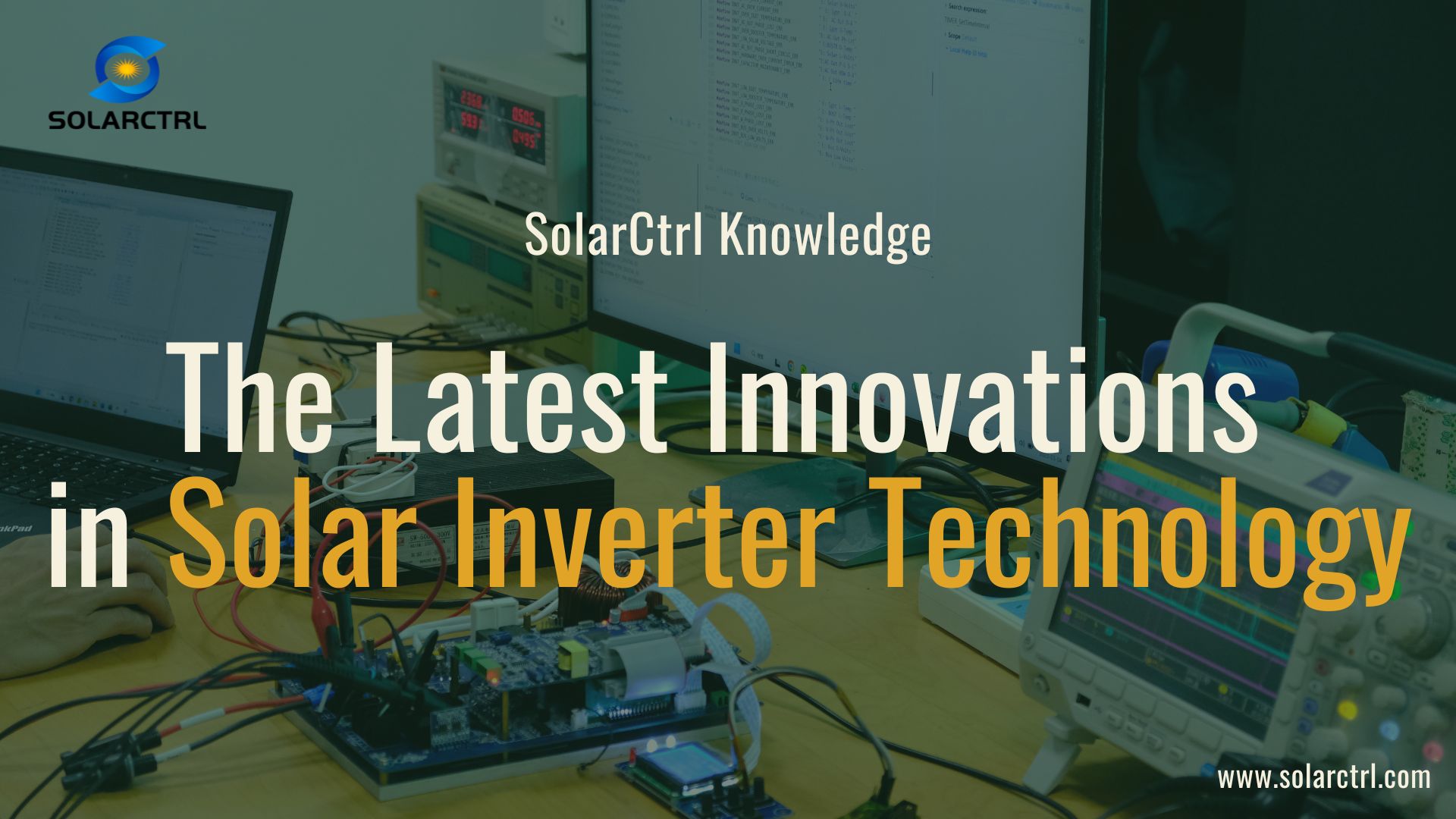

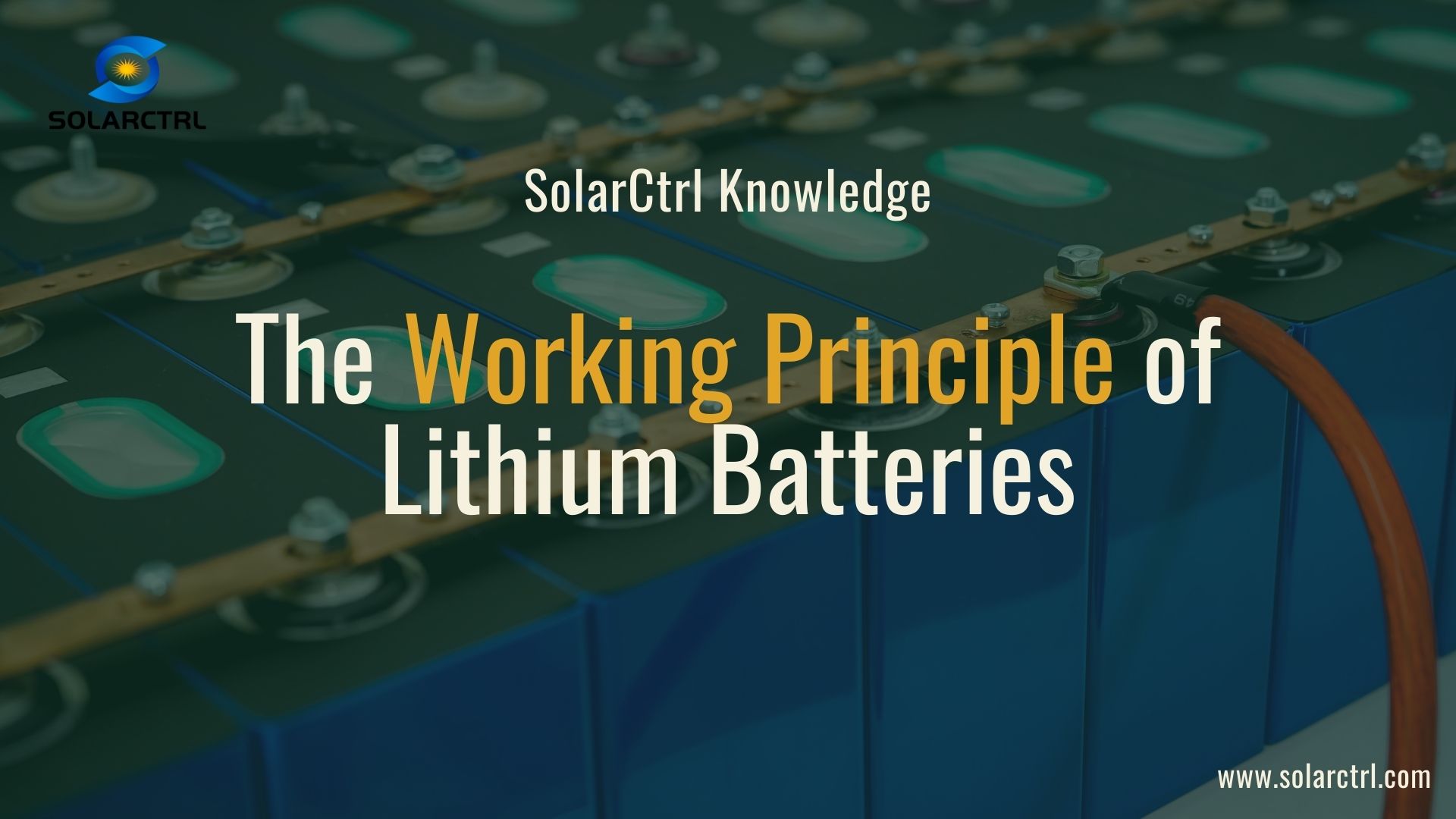

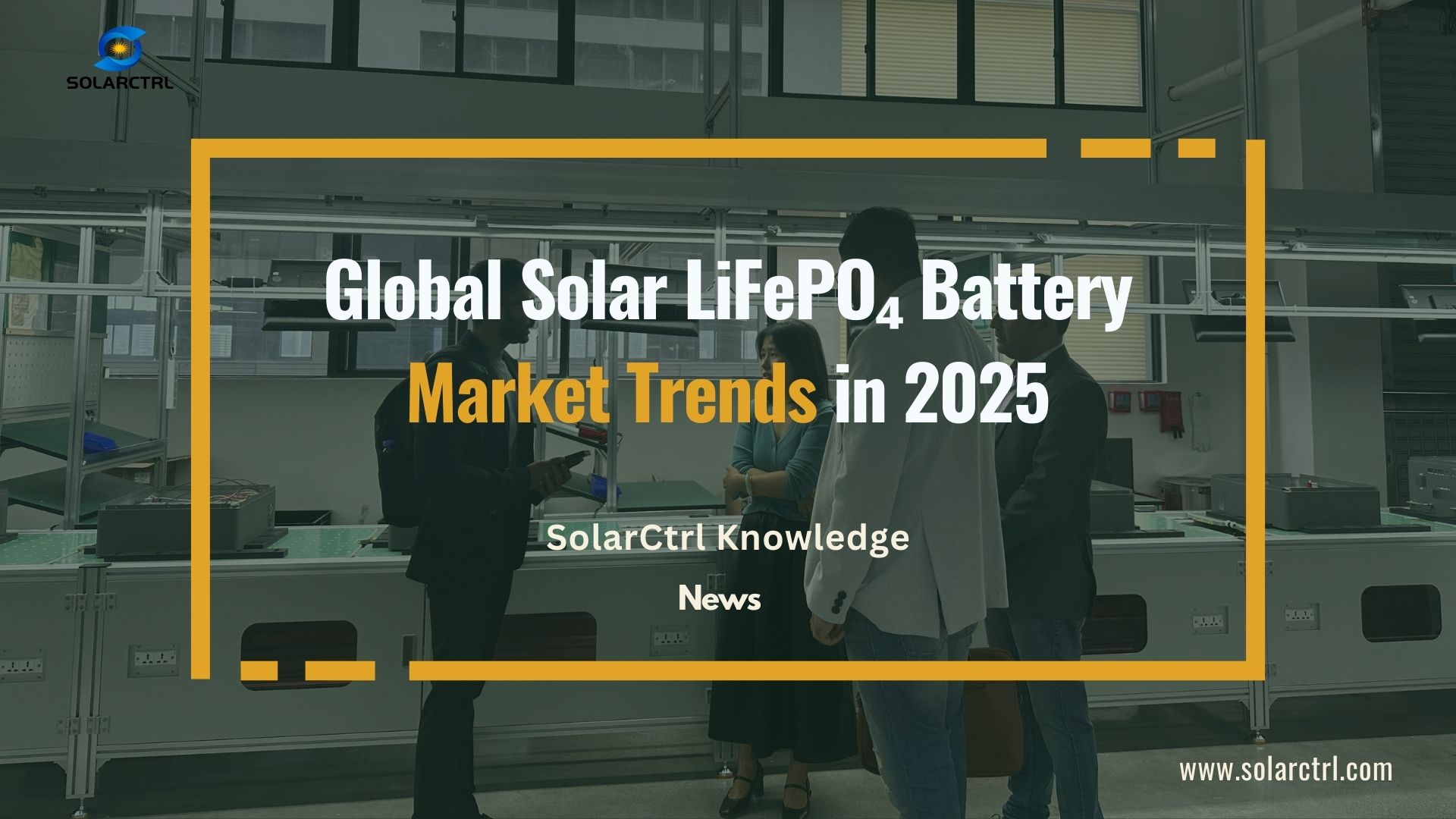





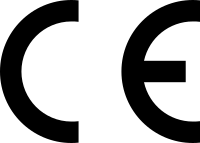


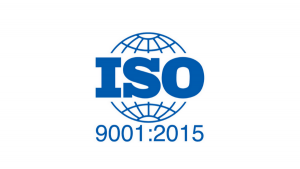
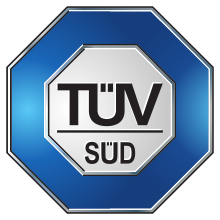
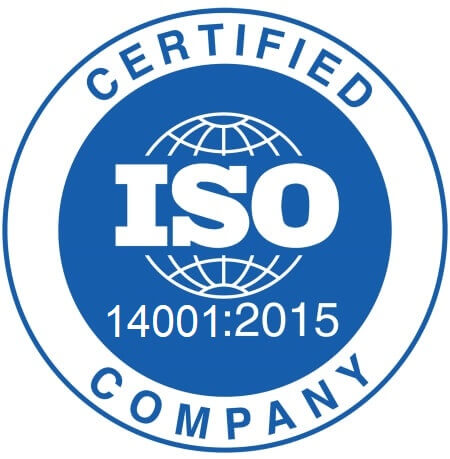
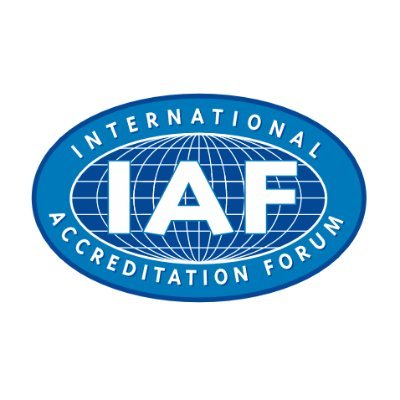
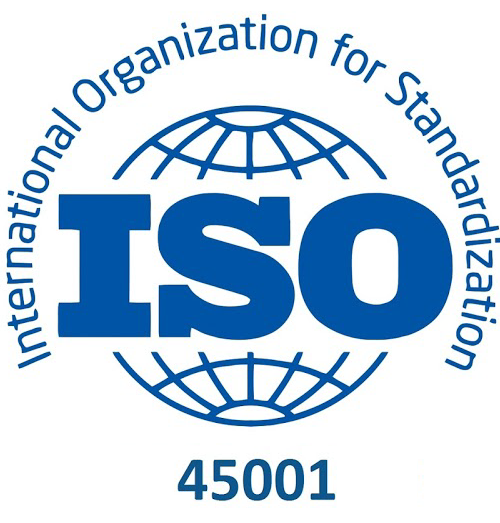

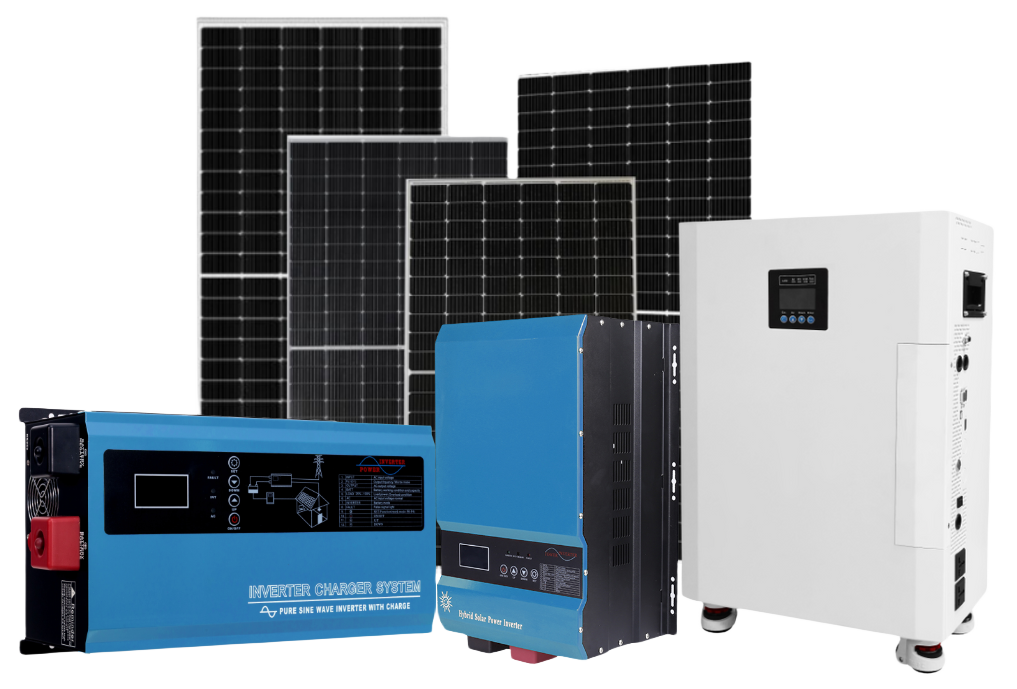
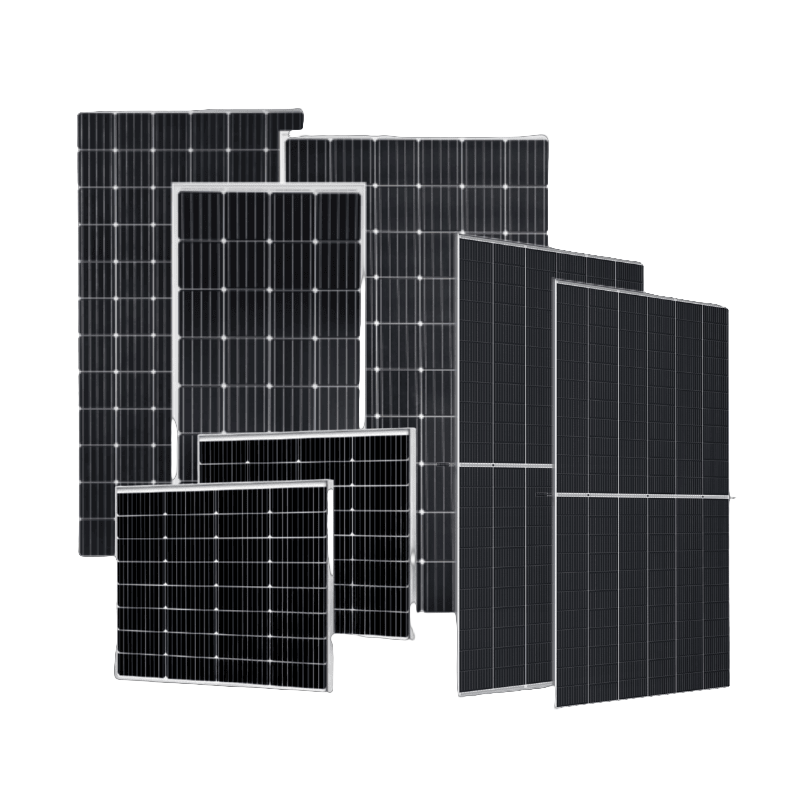
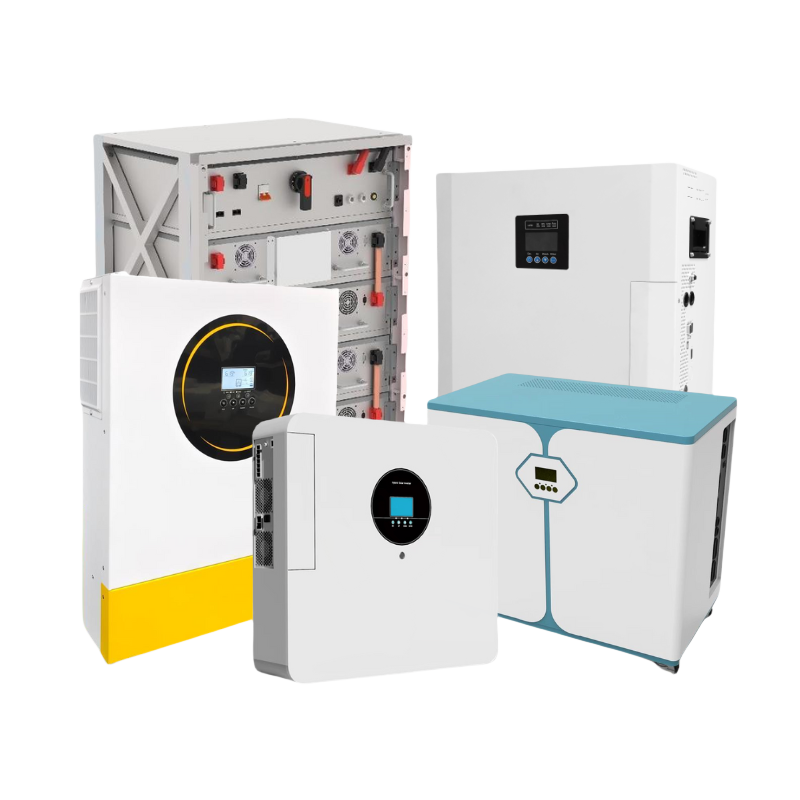
3 Responses
Dear sir
I am the manager of Ozone solar in port Harcourt Nigeria. I will be glad to join as a distributor of your solar products in Nigeria.
Do let us know conditions
Yours sincerely
Nwogu Chijioke Robert.
+2349037057724
Dear Mr. Robert,
Thank you for reaching out and expressing interest in our solar products.
About becoming a distributor for SolarCtrl in Nigeria, our sales manager Fiona will contact you shortly to discuss the details.
You can also contact us via sales@solarctrl.com, thanks again.
B&R
Debbie Cao
Dear Mr. Nwogu Chijioke Robert,
Thank you for your interest in becoming a distributor of Solarctrl’s Chinese-manufactured solar products in Nigeria. We value partnerships with reputable companies like Ozone Solar.
To discuss distributor conditions, requirements, and product ranges, please contact our business manager directly via Email: fiona.cao@solarctrl.com or Whatsapp: +86 18038650138. We look forward to building a strong business relationship with you.